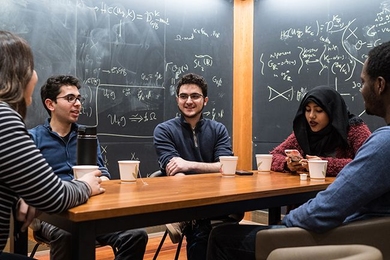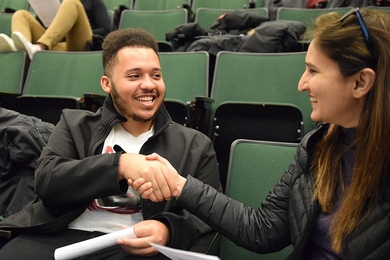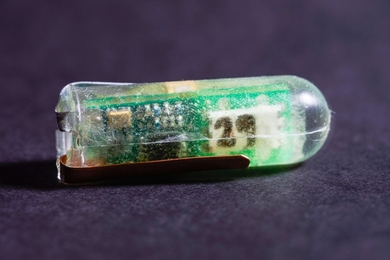Institute Professor Emerita Mildred Dresselhaus, a pioneer in the electronic properties of materials, dies at 86
“Queen of carbon science” and recipient of Presidential Medal of Freedom and National Medal of Science led US scientific community, promoted women in STEM.
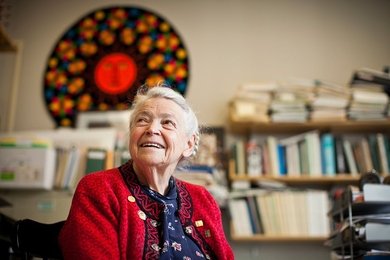


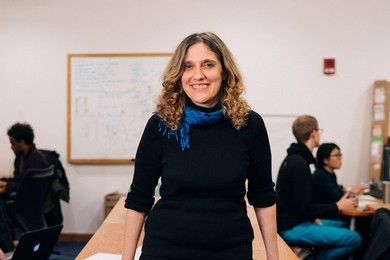


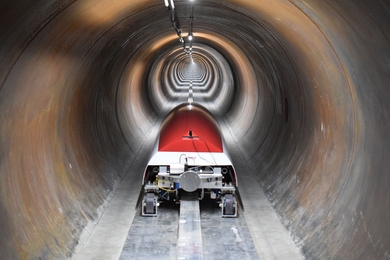
!["Dedicated, smart people [can] contribute so much to our nation, but also to making the world a better place."](/sites/default/files/styles/term_page__news_article/public/images/201702/featured-video-STEM-together.jpg?itok=m1fjrmFo)



